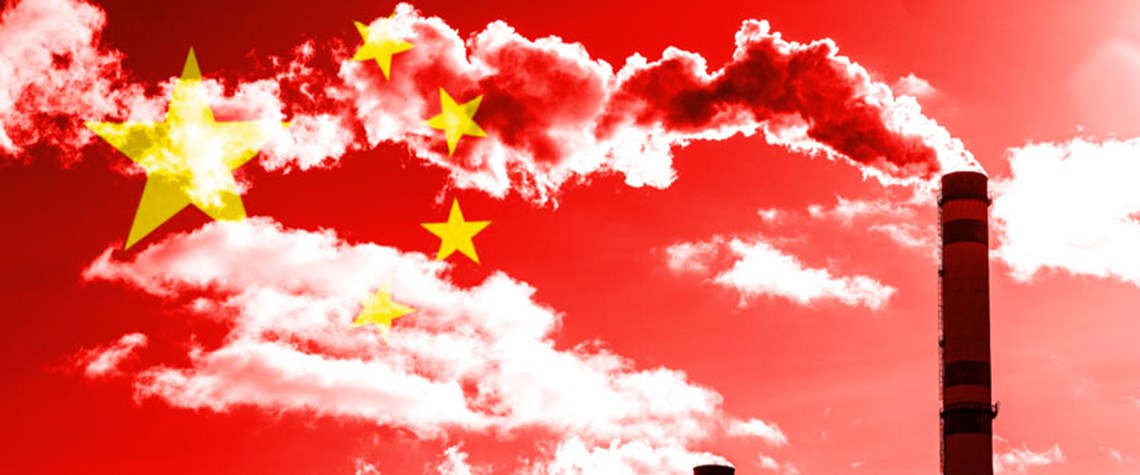China’s Five-Year Plan and ETS to see CO<sub>2</sub> rising till 2030
Concentration on reducing carbon intensity means total emissions are likely to continue to increase
China’s fourteenth Five-Year Plan, unveiled on 5 March, had the clearest focus yet on climate change. The world’s largest carbon emitter used the plan to officially launch its emissions trading system (ETS), underpinned by ambitious emission reduction targets in later years. The Five-Year Plan calls for carbon emissions to peak by 2030. Meanwhile, carbon intensity—emissions per unit of output—are set to decline by 18pc by 2025 from 2020 levels. Likewise, energy consumption per unit of GDP is set to decline by 13.5pc. Carbon intensity is intended to fall 65pc from 2005 levels by 2030. “The 18pc decrease in carbon intensity targeted for 2021-25 leaves room for yearly emissions to increas

Also in this section
23 December 2025
Legislative reform in Germany sets the stage for commercial carbon capture and transport at a national level, while the UK has already seen financial close on major CCS clusters
15 December 2025
Net zero is not the problem for the UK’s power system. The real issue is with an outdated market design in desperate need of modernisation
28 November 2025
The launch of the bloc’s emissions trading system in 2005 was a pioneering step, but as the scheme hits 21 its impact as a driver of decarbonisation is still open to debate
18 November 2025
Vicki Hollub, president and CEO of Occidental, has been selected as the 2026 recipient of the Dewhurst Award, the highest honour bestowed by WPC Energy. The Dewhurst Award celebrates exceptional leadership, groundbreaking innovation and a lifetime of significant achievements in sup-port of the development and advancement of the energy industry.







